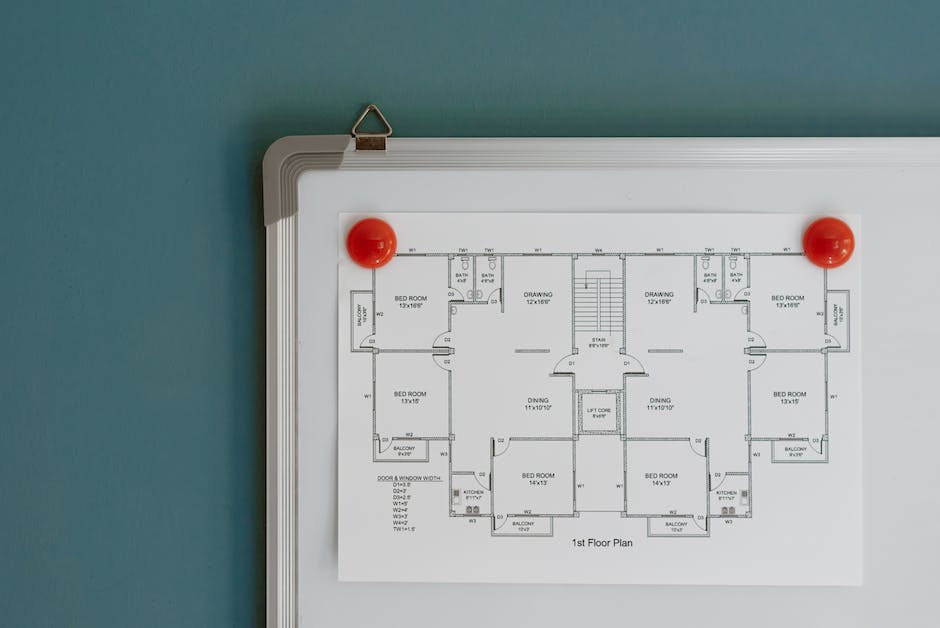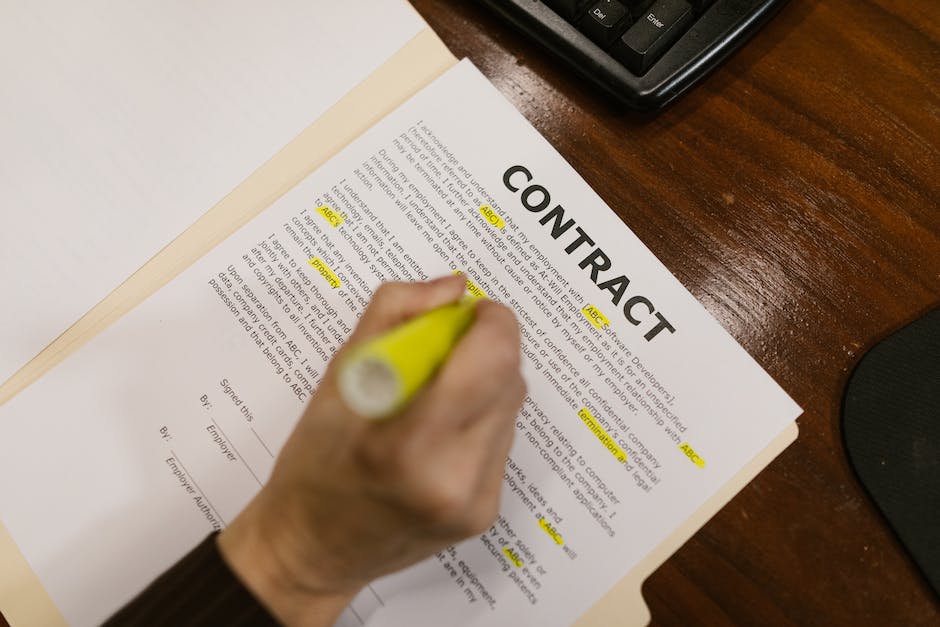Understanding the importance and nuances of rental lead inspections in Maryland is crucial for everyone involved in the rental housing process. From landlords and property managers to tenants, a thorough knowledge of the laws, processes, responsibilities, and preventive measures can help prevent the potentially harmful health effects of lead exposure. This deep dive into the Maryland rental lead inspection laws will cover the relevant state-specific and federal legislation, take you through the inspection process, help you comprehend the responsibilities and rights of both landlords and tenants, and equip you with effective preventive measures along with resources for more support.
Legislation Governing Rental Lead Inspections
Maryland’s Lead Inspection Requirement
In Maryland, the law specifies that all rental units built before 1978 must be registered annually with the Maryland Department of the Environment (MDE). This is mandated by the Maryland Lead Risk Reduction in Housing Act. The mandate was initiated to minimize the exposure of tenants, particularly children, to lead-based paint hazards in rental properties.
Furthermore, prior to every tenant turnover, a rental property built before 1978 must undergo a lead dust test. The lead dust test is set to ensure that the next tenant does not get exposed to any lead-based paint hazards. Upon the successful completion of the test, the MDE issues a “Lead-Free” or “Limited Lead-Free” certificate to the property.
Landlord Obligations Under the Legislation
Landlords have various obligations under this law. Landlords must ensure that the rental properties are registered with the MDE and that all the lead dust tests are completed prior to tenant turnover. Additionally, landlords must provide tenants with educational materials about lead poisoning prevention. This is often done at the time of lease signing or lease renewal.
Failure to comply with these regulations can result in penalties, including fines and possible imprisonment. Therefore, landlords have a vested interest in ensuring their properties are lead-safe and are following the legal procedures for lead testing and reduction.
Federal Lead-Based Paint Hazard Reduction Act
The Federal Lead-Based Paint Hazard Reduction Act operates hand in hand with Maryland’s laws. It requires landlords nationwide to disclose any known lead-based paint or lead-based paint hazards in the property to the tenants before a contract is signed. Landlords must also provide a pamphlet, developed by the EPA, that informs tenants about lead hazards.
Implications for Tenants
While the legislation is focused on landlords, it also has implications for tenants. Tenants are provided with an assurance that the rental property they are moving into has been inspected for lead-based paint hazards and meets safety standards. Tenants also have the right to request the landlord to fix any lead-based paint hazards, and if the landlord fails to act, tenants can report the issue to the local health department.
The provided educational materials ensure that the tenants are aware of the harm that can be caused by lead, and it provides them with information on how to minimize their risk of lead exposure. This overall contributes to healthier living conditions for tenants, especially children who are at a higher risk of lead poisoning.
Understanding Lead Inspection Significance
In Maryland, notwithstanding the stringent legal procedures governing lead inspection in rental properties, lead poisoning remains a significant public health problem, particularly for children. However, the enforcement of these regulations has dramatically lowered the incidence of lead poisoning over time, highlighting the community health benefits of regular lead inspections.

The Inspection Process and Certification
Navigating the Process of Hiring a Licensed Inspector
Given the critical role a lead inspection plays in ensuring rental property’s safety, it is crucial to contract a certified lead inspector in Maryland. Such professionals are equipped with the expertise, skills, and tools required to spot potential lead-based paint hazards in properties. They operate under the regulations of the Maryland Department of the Environment (MDE), adhering to stringent guideline standards. The MDE also provides a comprehensive list of accredited inspection firms, offering essential resources for property owners.
The Inspection Process
The inspection process begins with a visual assessment of the property. The inspector investigates areas likely to contain lead-based paint, such as older layers of paint in older homes. Particularly vulnerable spots include window sills, door frames, and painted furniture. Any signs of deterioration, such as chipping, peeling or powdering paint, are noted since they can expose tenants to lead hazards.
Following the visual assessment, the inspector conducts a risk assessment, which includes taking samples of paint, dust and soil from the property. These samples are later analyzed in a lab for lead content.
More thorough investigations called lead hazard reductions might involve X-ray fluorescence (XRF) machines, which can detect the presence of lead through multiple layers of paint. It’s a non-destructive method, meaning it won’t damage the property.
Receiving the Certificate
After the completion of the inspection process, the inspector submits a comprehensive report to the MDE and the property owner detailing their findings. If the property passes the inspection — meaning it contains no lead-based paint hazards or is treated properly to make it lead-safe — it receives either a Lead Free certificate or a Limited Lead Free certificate.
The Lead Free certificate is granted if no lead-based paint is found on the property, inside or outside, including the soil surrounding the property. A Limited Lead Free certificate is issued if no lead-based paint is found inside the property and the soil is clear of lead, but the exterior painted surfaces weren’t tested.
These certificates are crucial as they legally authorize the property to be rented out in the state of Maryland. Properties that have these lead certifications are less likely to pose a lead poisoning risk to tenants, especially children.
However, it’s essential to remember that Lead Free or Limited Lead Free certifications do not mean the property is entirely devoid of lead. It simply implies that no harmful lead-based paint hazards are detectable with current methods. Furthermore, receiving a certificate requires routine inspections to ensure continued compliance with Maryland’s lead law.
Understanding Post-Certification Responsibilities
Being granted a lead certification requires ongoing responsibilities for property owners. Not only must they furnish a copy of their lead certificate to tenants, but they’re also obligated to share educational information about potential lead hazards. Additionally, if a tenant vacates a unit carrying a Limited Lead Free certification, it is incumbent on the property owner to conduct a visual inspection to confirm the absence of deteriorated painted surfaces. In case of non-compliance with these rules, serious penalties can be imposed, underlining the significance of abiding by Maryland’s rental lead inspection regulations.

Responsibilities and Rights of Landlords
The Importance of Rental Property Registration
In the state of Maryland, it’s mandatory for all pre-1978 rental properties to be registered with the Department of the Environment (MDE) annually. This registration process is a necessary step for obtaining a lead inspection certificate or a rental license in local jurisdictions. All rental property owners, including those who are absentee landlords, bear the responsibility of registering their properties and adhering to Maryland’s lead paint regulations.
Lead Hazard Inspection
According to the Maryland Department of the Environment, an accredited Lead Paint Risk Assessor must perform a lead risk assessment inspection prior to the initial rental of a dwelling unit and every time a rental property changes tenants. The purpose of this inspection is to identify the existence of potential lead hazards, such as peeling, flaking, chipping or chalky paint. The risk assessor will also test for lead in dust and soil around the property.
Lead Hazard Reduction
After the risk assessment inspection, if lead hazards are identified in a rental property, the landlord is legally obligated to address these hazards. The standard procedure involves hiring a Maryland-accredited lead paint abatement contractor who will perform interim controls, a term that refers to procedures designed to reduce lead-based paint hazards. Examples of these procedures may include repainting peeling paint surfaces, replacing windows, or covering bare soil in the yard.
Repeat Inspections and Compliance Certification
Once the reduction measures are complete, the property must undergo another lead inspection to verify that all hazards have been effectively addressed. If the rental property passes this inspection, the landlord is given a Full Risk Reduction Certificate. This certificate needs to be renewed every time a new tenant moves in. Importantly, landlords should keep all records of inspections and lead hazard reduction measures as proof of compliance with the laws.
Penalties for Non-compliance
Failure to comply with the law can lead to severe penalties, including criminal prosecution and fines up to $25,000 per violation, per day. Additionally, the Maryland Department of the Environment (MDE) can pursue civil penalties up to $17,000. If a tenant suffers from lead poisoning due to landlord’s non-compliance, the landlord may have to pay for the complete medical costs of treatment. It’s also worth noting that tenants have the right to withhold rent if the landlord fails to provide a lead-free environment.
Tenant Rights
Tenants also have rights under these laws. Tenants must be given a copy of the MDE’s lead poisoning prevention program pamphlet, which outlines the risks of lead poisoning and the steps to prevent it. The pamphlet also provides information for tenants regarding what to do if they suspect their rental property may contain lead hazards. Additionally, renters have the right to contact the MDE and request an inspection if they suspect lead is present.
Overview
To ensure the safety of tenants in rental properties, Maryland has established stringent laws outlining the responsibilities that landlords must meet in relation to lead hazards. It is of utmost importance that landlords be aware and understand these responsibilities along with the potential penalties for non-adherence, empowering them to provide safe living environments for their tenants effectively.

Responsibilities and Rights of Tenants
Insights into Tenant Rights and Responsibilities About Lead Inspections in Maryland
Accounting for potential health hazards related to exposure to lead-based paint, Maryland has enacted comprehensive laws regarding the rights and obligations of tenants. These regulations are crafted with the aim of shielding renters from any health risks that might be linked to lead exposure.
Understanding the Inspection Process
The inspection process is a crucial aspect of lead hazard management. A lead inspector will visit the rental property, thoroughly inspecting surfaces for lead-based paint. This inspection typically involves examining painted surfaces like walls, ceilings, doors, windows, and exterior structures.
The inspector would use an X-ray fluorescence lead detector, which can analyze multiple layers of paint in a non-destructive manner. After the inspection, the inspector will provide a detailed report of his findings, indicating whether lead is present in the paint or not. Understanding this report is vital as it will inform further action, guide safe living practices, and serve as a first line of defense against lead poisoning.
When Lead-Based Paint Hazards are Found
If the inspection reveals the presence of lead-based paint, there are specific steps tenants and landlords must take. Maryland law requires property owners to reduce lead hazards using interim controls or full abatement. These actions may involve removing or covering the lead-based paint or conducting regular maintenance to prevent the formation of hazardous lead dust.
The owner should also provide tenants with a “Notice of Lead Hazard Reduction” along with the lead inspection certificate. However, should the property owner fail to carry out these activities, the tenant has a right to seek recourse.
Tenant Protection Measures in Maryland
Maryland takes tenant protection seriously, particularly regarding the issue of lead hazards in rental properties. As per Maryland’s Reduction of Lead Risk in Housing law, should a landlord fail to comply with the lead-related regulations, any affected tenant is entitled to lodge a complaint in district court. Importantly, issues of retaliation, such as eviction for reporting a lead violation or requesting a lead inspection, are strictly prohibited.
Furthermore, the Maryland Department of the Environment (MDE) plays an active role in the lead-poisoning prevention and enforcement of lead rental regulations. Tenants requiring further assistance or education regarding their rights and the lead laws in Maryland can turn to the MDE for support.

Effective Preventative Measures and Resources
The Significance of Understanding Lead Poisoning Risks
Lead exposure poses serious health risks and may cause severe issues, particularly in children. These could include brain and nervous system damage, developmental delays, problems with hearing and speech, and difficulties with learning and behavior. It is of paramount importance that all landlords and tenants understand the severity of these risks and ensure precautionary steps are taken to prevent lead exposure in rental properties.
Preventative Measures for Landlords
In Maryland, the law requires landlords who rent properties built before 1978 to register these rentals with the Maryland Department of the Environment and renew these registrations annually. To protect their tenants and avoid significant fines, landlords must also have their rental properties inspected and certified as lead-free or limited lead-free by a Maryland Accredited Lead Inspector.
In addition, landlords must distribute specific EPA-approved educational materials on lead risks to their tenants and maintain records of lead testing and remediation efforts. They should also carry out regular maintenance checks, promptly fix peeling, chipping, or cracking paint, and ensure proper cleaning methods that prevent the spread of lead dust.
Preventative Measures for Tenants
While landlords bear the responsibility for ensuring their rental properties are safe from lead exposure, tenants also play a crucial role in preventing lead poisoning.
Tenants can educate themselves about the risks of lead exposure and recognize the likely sources, such as deteriorating lead-based paint. They should regularly clean the property to reduce lead dust, particularly areas prone to collecting dust, such as window sills.
If they notice deteriorating paint, they should promptly report it to their landlord for remediation. If a landlord fails to address their concerns, tenants can report the situation to Maryland’s Department of the Environment for assistance or possible legal action.
Available Resources for Lead-Related Issues
Several resources provide guidance and support for landlords and tenants dealing with lead-related issues in Maryland.
- The Maryland Department of the Environment (MDE) has a Lead Poisoning Prevention Program that provides educational information, technical assistance, and enforcement activities related to lead poisoning prevention.
- The Green and Healthy Homes Initiative, an organization in Baltimore, provides assistance to low-income families at risk of lead poisoning, including home inspections and remediation efforts.
- The Maryland Legal Aid provides legal services for tenants who face issues related to lead exposure.
- The Community Services Administration of Prince George’s County provides grants for landlords and homeowners to make the necessary repairs to correct lead paint hazards.
- The Renters’ Rights Counseling of the Maryland Consumer Rights Coalition provides information to tenants about their rights related to lead exposure, along with resources to help address any concerns or issues.
By understanding the risks and preventative measures, both landlords and tenants can maintain a healthy living environment, reduce lead exposure, and address any problems efficiently and effectively.

Ultimately, the laws, procedures, and precautions surrounding rental lead inspections in Maryland hold a profound influence on the health and well-being of everyone residing in rental properties. Therefore, understanding these underlying structures goes a long way in safeguarding the rights and responsibilities of all the parties involved. The onus is on landlords to ensure their properties are lead-free through regular inspections while tenants must do their part to understand the inspection results and take appropriate actions. All parties can also act proactively by employing effective preventive measures. In the end, it’s about fostering safe, healthy, and happy living environments for everyone.
